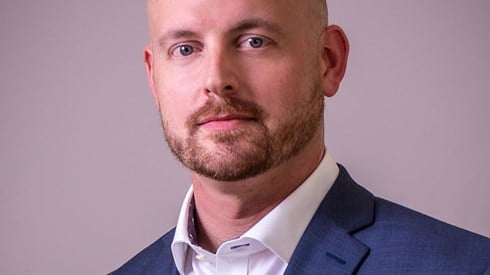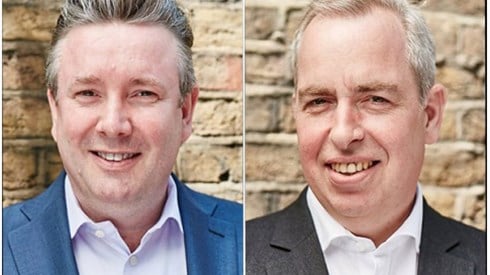Nate Reznicek: Bringing Captive Opportunities to Smaller Businesses

April 21, 2021

Since joining International RE (I-RE) as head of distribution late in 2020, Nate Reznicek's work has largely focused on helping small and middle-market companies benefit from captive insurance in the same way as larger businesses.
Mr. Reznicek has spent most of his career in captive insurance and is active in numerous industry associations, as well as teaching at the International Center for Captive Insurance Education (ICCIE). Captive insurance, with the opportunities it provides to do what others might say can't be done, suits his personality, he says.
Recently, Mr. Reznicek provided some thoughts on the captive insurance industry and the opportunities now available to smaller businesses. (The conversation has been lightly edited for length and clarity.)
What attracted you to captive insurance, and what are some of the interesting developments you see happening with captives?
What I think is probably most interesting with captive insurance is it aligns really well with my personality in general. If somebody says, "No, you can't do it," just because it's never been done before, that's not the way things are, captives are a really good way to say, "Well, you know what, watch me."
The small market and small, middle-market insureds can finally have a chance and a voice to take risk and premium the same way the big boys can. Captives level that playing field. Captive insurance is much more nimble, and it puts the power from a risk-taking and an underwriting profit perspective back into the hands of the insured.
What are some of the factors that have kept smaller businesses from taking advantage of captive insurance?
What's really held back the small and middle-market businesses from fully participating in captives in the way that their larger corporate brethren do are the costs of obtaining the appropriate paper, that A rating and the necessary filings, the access to the reinsurance market.
Even now, if you go as a normal insured and you say, "I want to take on my own risk, and I want to contract with an A-rated carrier and buy my own reinsurance," you really have to have premiums that are north of $1.5 million on the very, very small end. A number of carriers won't have conversations with you until you have premiums above $5 million.
These small and middle-market insureds that have premiums anywhere from $250,000 to $1 million, $2 million, these are often the largest businesses in their region. And they're good, good accounts that have been doing everything the insurance industry has been asking of them for years and years. They've been hiring safety consultants and adhering to loss control recommendations and updating employee handbooks, all in the hopes of getting a flat renewal. And that just simply hasn't happened, and if it hasn't happened when the market was softer, it's certainly not going to happen now when we're in the midst of one of the hardest markets we've seen in the past 25 or 30 years.
Captives are a really good vehicle, really the only one for insureds to finally start getting that return on investment back for all of those investments they've made over the years in training and staff, new risk control measures, whatever it may be.
Is there an awareness about the opportunities captives can provide among small and midsized companies, or is there some education that has to be done?
When we're dealing with the larger small and midmarket accounts, there have been captive tools they've been able to utilize for the last 15, 20 years, but it's been limited to group captives. You get a vote, but you don't really get control. You don't really get control over when or if you get your money back.
There's nothing really wrong with group captives, they're great aggregators for small businesses. But you still have to fit in that group captive box. An insured might qualify for workers compensation, but the group doesn't want to write their general liability just because it's just outside that insurer's appetite. You can't write something that's not on the menu.
Brokers have been using those tools in the past to essentially put their best-performing clients in these group captives, getting them a little bit out of the insurance market, giving them a voice, that vote, getting them back some dividend dollars. It's not perfect, but it's a heck of a lot better than what the commercial market sells.
Is the hardening market increasing the number of conversations you're having with companies interested in captive insurance?
Dramatically so, and it's for each and every line you can possibly imagine. The rate increases have been across the board and have been significant in almost every line.
Every insured now is taking a really hard look and saying, "I could be spending a dollar on my premium for this particular line of coverage, but do I want to spend that on premium paying and transferring that liability to someone else, or do I want to spend that dollar paying on a bet on myself, knowing that I could be exposed to loss, that's on me, but I think we do everything the right way and if we continue to do so as we have in the past, I'm going to win this bet."
(Photo of Mr. Reznicek, above, is courtesy of International Re.)
April 21, 2021



